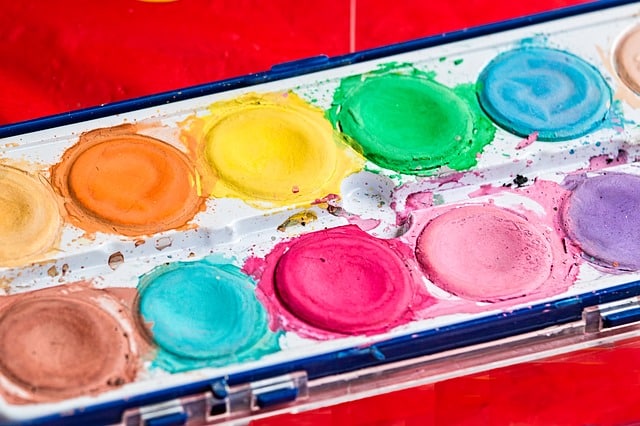
The saturation of a color is associated with the intensity of a hue.
Saturation is a term that comes from the Latin word saturatĭo and refers to the process and result of saturating . This verb , in its broadest sense, is linked to completing, satiating or stuffing something .
In the field of physics and chemistry , saturating consists of increasing the amount of solute in a solution until it is no longer possible to increase its concentration . The verb also refers to an increase in an input signal until it is no longer possible to increase its effect.
The saturation of a solution or a solution , therefore, occurs when this mixture already has the highest level of solute (the substance that dissolves in a solvent) that it can hold at a certain pressure and for a certain temperature. If solute is continued to be added, the solution will become supersaturated .
color saturation
When we talk about colors , saturation is associated with the intensity of a certain shade. The higher the saturation, the greater the intensity of the color. A color that lacks saturation, on the other hand, transforms into a grayish hue.
The two factors that determine the saturation of a color are the distribution in the color spectrum of its wavelengths (the actual distance that a wave travels in a defined time interval) and its luminous intensity (the amount of luminous flux, the perceived light power emitted by a source for each unit of solid angle, the spatial angle corresponding to the cone that is formed when an object is observed from a defined point and which is used to measure its apparent size).
Many times, playing with color saturation in an image with the help of an editing tool is essential to achieve impressive results, especially when the original photograph lacks intensity or, taken to the extreme, when we want to give it a less realistic, more similar appearance. that of a painting. On the contrary, taking the saturation towards negative values brings us closer to the gray scale, and can serve to leave a minimum of color information , if we want to convey sadness or desolation, for example.

An oximeter allows you to know the percentage of oxygen saturation.
The concept in music
In terms of music , saturation is the effect that consists of making the distortion of a sound easily audible.
Typically, electric guitar amplifiers offer the possibility of causing distortion and increasing the volume of the signal, generating saturation.
Oxygen saturation
The concept of oxygen saturation , finally, mentions the amount of oxygen that is present in oxyhemoglobin , in the bloodstream. This oxygen level should be between 96% and 99% as long as the blood is in good health; People who suffer from a lung disorder usually have lower values, unless they use supplemental oxygen.
When the heart pumps blood to the rest of the body, it first passes through the lungs, and there the union occurs between oxygen molecules and red blood cells (the so-called erythrocytes ), with the aim of being able to transport the blood. oxygen to the rest of the body . The percentage of erythrocytes that have been completely saturated with oxygen is known as the blood oxygen level or arterial oxygen saturation .
To know what the percentage of oxygen saturation is, professionals use the finger oximeter , a meter that is also known as a pulse oximeter . This device attaches to your ear or finger lobe and emits two rays of light (one infrared and one red) that pass through the skin. Thanks to the reading of the light beams, it is possible to detect slight changes in the tone of the blood due to the pulse, something that allows the saturation level to be immediately estimated. It should be noted that the accuracy is directly proportional to the strength of the pulse.
